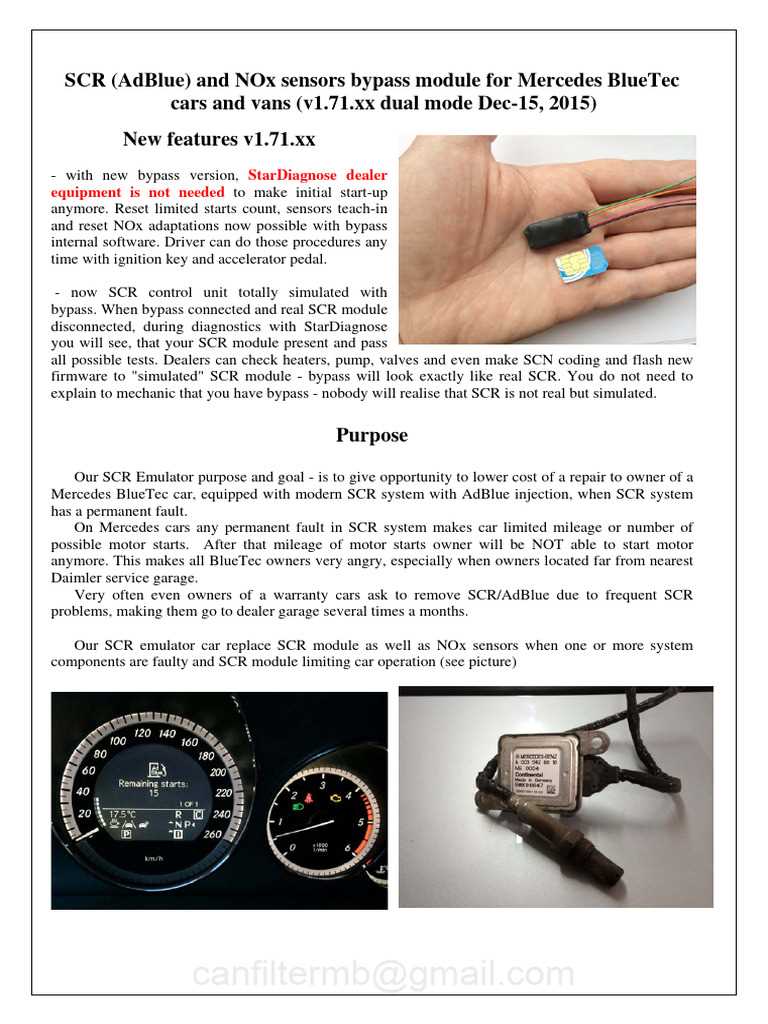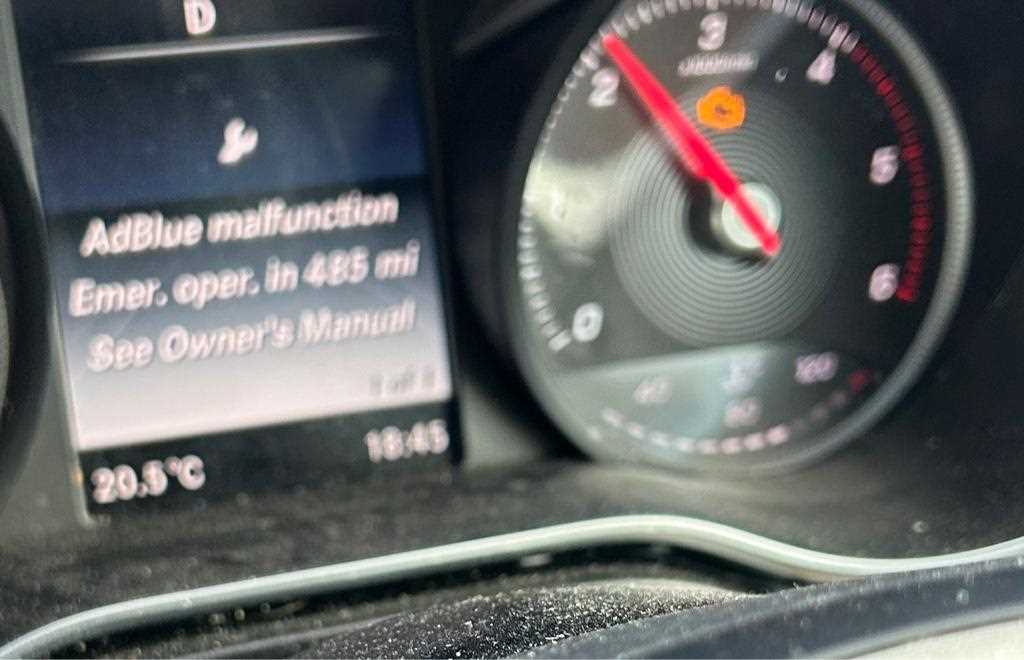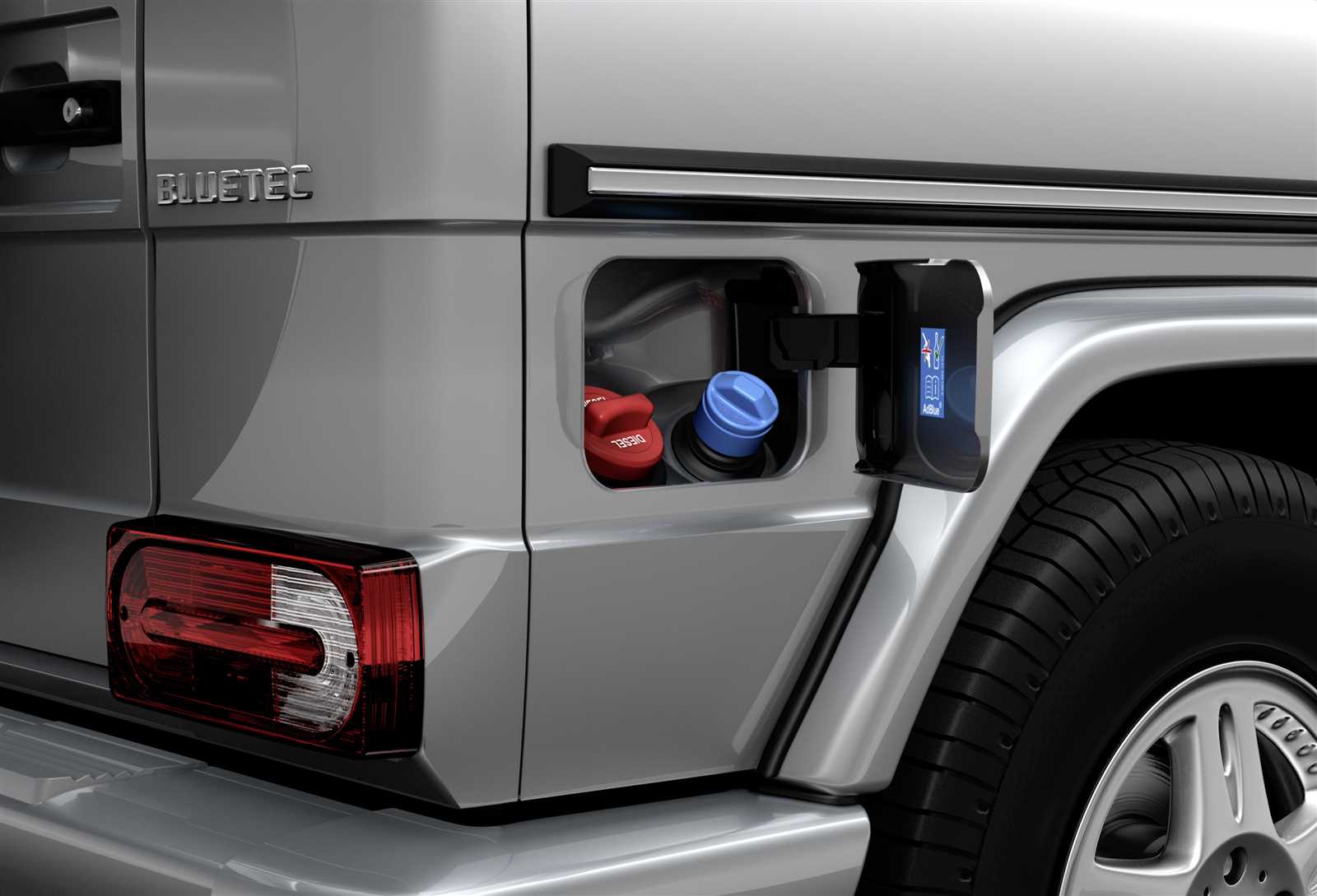
Modern diesel engines are equipped with a variety of technologies designed to reduce emissions and improve performance. While these innovations offer numerous benefits, they can also be the source of occasional issues that may cause confusion for drivers. It’s essential to be aware of the potential challenges that might arise and understand how to address them effectively.
One of the most critical aspects of maintaining a diesel vehicle is keeping an eye on specific components and indicators that signal when attention is needed. Failing to address these warnings promptly can lead to reduced engine efficiency and, in some cases, even more significant mechanical problems.
In this guide, we will explore some of the most common warning indicators related to emission control technologies, offering practical advice on how to interpret them and take appropriate action. By understanding these signals and their underlying causes, you can ensure that your vehicle remains in optimal condition and avoid unnecessary complications down the road.
Understanding the AdBlue System in Mercedes
In modern diesel vehicles, additional technology has been introduced to reduce harmful emissions. This technology involves using a special fluid to convert nitrogen oxides into less harmful substances. It’s a vital component in ensuring that these vehicles meet stringent environmental standards and operate efficiently.
The Role of This Emission Control Technology
The process involves injecting a liquid into the exhaust stream, where it reacts with gases produced during combustion. This chemical reaction transforms pollutants into nitrogen and water vapor, which are harmless and contribute to a cleaner environment. Regular maintenance and refilling of this fluid are crucial for the smooth functioning of this mechanism.
Key Components and Their Functions

| Component | Function |
|---|---|
| Tank | Stores the necessary fluid that will be used in the emission reduction process. |
| Injector | Introduces the liquid into the exhaust system, ensuring the right amount is used for effective operation. |
| Catalyst | Facilitates the chemical reaction that converts harmful gases into safe byproducts. |
Common Causes of AdBlue System Issues
Understanding why the fluid-related mechanism in modern vehicles can experience problems is crucial for effective maintenance. Below are some frequent triggers that could lead to disruptions in the proper functioning of this system.
- Poor Quality Fluid: Using low-grade fluid can result in impurities entering the mechanism, causing blockages and inefficient operation.
- Clogged Injectors: Build-up of residues in the injectors can obstruct the fluid flow, leading to suboptimal performance.
- Sensor Malfunctions: Faulty sensors may give incorrect readings, affecting the precise dosing and overall effectiveness of the fluid injection process.
- Temperature Fluctuations: Extreme temperatures can cause the fluid to freeze or decompose, compromising its ability to function correctly.
- Component Wear and Tear: Over time, regular use can lead to degradation of critical parts, resulting in leaks or other mechanical failures.
By addressing these common issues proactively, vehicle owners can ensure a smoother and more reliable operation of their fluid-based emission control mechanism.
How to Reset the AdBlue Warning Light

In this section, we will guide you through the steps to switch off the notification light related to the fluid level in your vehicle. It’s essential to ensure that your car’s engine management system accurately reflects the current fluid state, avoiding unnecessary alerts.
Step 1: Ensure that the fluid tank is filled to the recommended level. Check the dashboard indicator and make sure there are no leaks or other issues with the vehicle’s fluid system.
Step 2: Start your vehicle and let it idle for a few minutes. This allows the system to recognize the fluid level change. Avoid revving the engine during this process, as it may interfere with the reset procedure.
Step 3: Drive the car at a moderate speed for about 10-15 minutes. This driving period helps the vehicle’s sensors recalibrate and confirm the updated fluid status. If the alert persists, stop the vehicle, turn off the engine, and restart it after a few moments.
If the indicator remains on after following these steps, it is recommended to visit a professional service center for a comprehensive diagnostic. They can check for any underlying issues that may require attention.
Tips for Maintaining Your Vehicle’s Blue Efficiency Fluid System
Proper care of the fluid injection component in your car is essential to ensure optimal performance and prevent common issues. Regular maintenance will help you avoid potential problems and keep your vehicle running efficiently. In this section, we’ll provide you with practical advice on how to keep this part of your vehicle in good condition.
- Check Fluid Levels Regularly: Make it a habit to monitor the fluid reservoir. Keeping it topped up ensures that your vehicle can maintain its low emission standards without interruption.
- Use High-Quality Fluid: Always use the recommended fluid for your car. Using low-quality alternatives can lead to blockages and other complications in the injection system.
- Keep the Reservoir Cap Clean: Dirt or debris around the cap can enter the reservoir when refilling, potentially causing issues. Wipe the area around the cap before opening it.
- Drive Sufficient Distances: Short trips may not allow the injection system to function properly. Ensure that you occasionally take longer drives to help the system perform as intended.
- Address Warnings Promptly: If any dashboard indicators light up, don’t ignore them. Prompt attention to these alerts can prevent more serious problems from developing.
By following these guidelines, you can ensure that your vehicle’s fluid injection system continues to operate effectively, supporting both the environment and your car’s performance.
